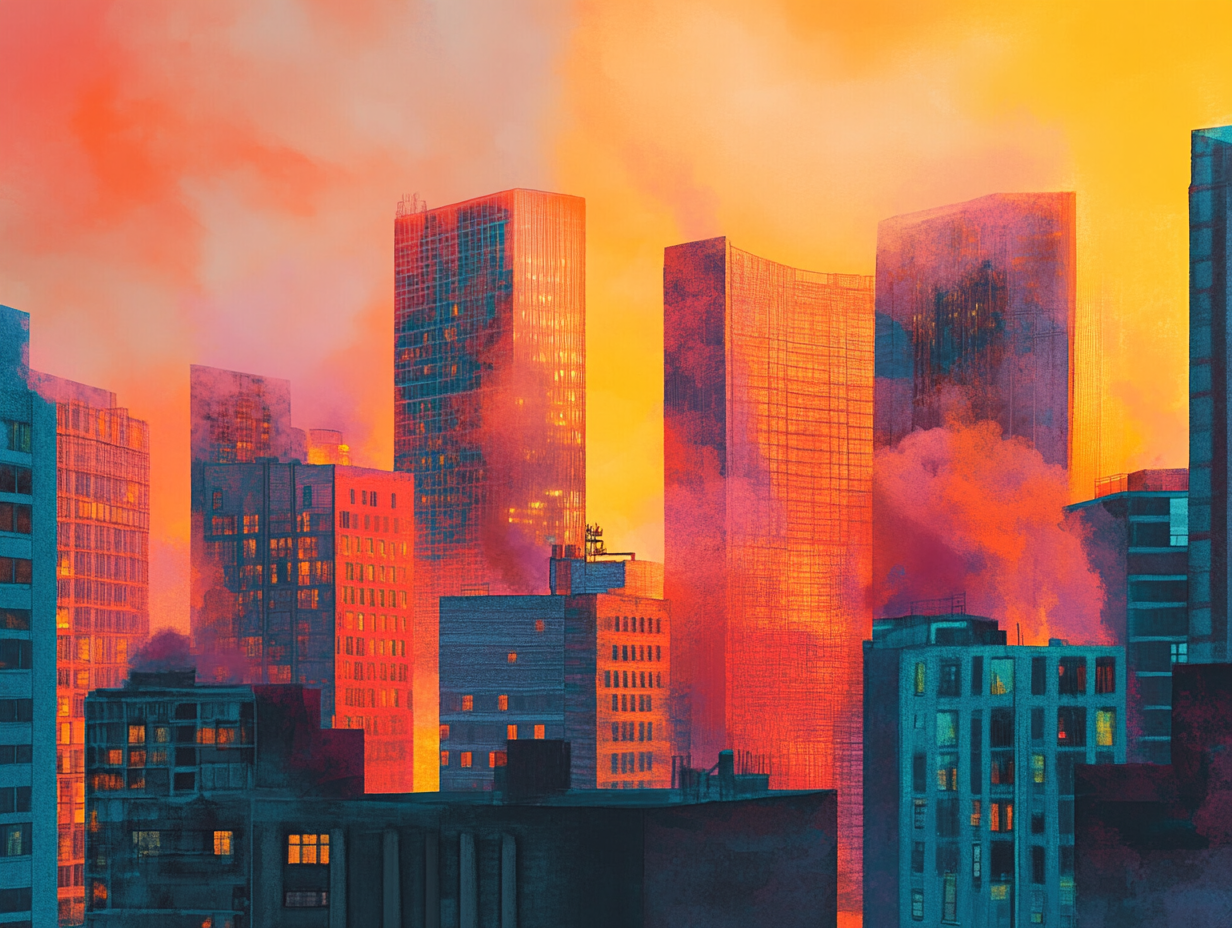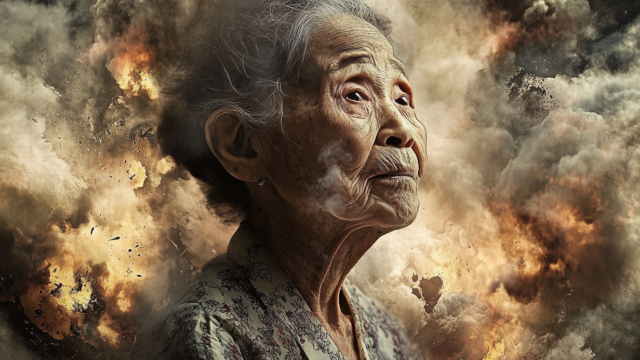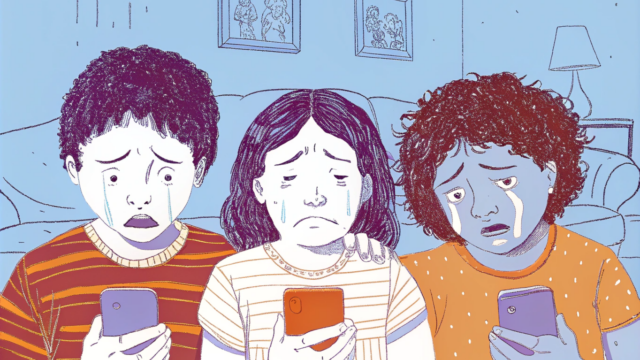
ヒートアイランド現象を英語で言うと?「都市の緑、消えゆく木陰」
英語で「Urban Heat Island(アーバン・ヒート・アイランド)」と呼ばれるヒートアイランド現象。直訳すると「都市の熱の島」という意味だが、まさに都市が熱の島となって周辺部より温度が上昇する現象を指す▼最近の東京23区の調査で、樹木の枝葉で覆われた面積を示す「樹冠被覆率」が、わずか9年間で9.2%から7.3%まで減少したという。東京ドーム256個分もの緑が失われた計算になる。都市開発の陰で、静かに進行する緑の喪失だ▼世界の主要都市では、樹木による被覆率「Tree Canopy Coverage(ツリー・キャノピー・カバレッジ)」の向上に力を入れている。例えば、ニューヨーク市は2035年までに現在の22%から30%へ引き上げることを決定した。バンクーバー市も2050年までに30%を目指し、ポートランド市は2035年までに33.3%という具体的な数値目標を掲げている▼興味深いのは、この数値が単なる目標ではないことだ。研究によると、樹冠被覆率を30%まで高めることで、都市の平均気温が0.4度下がり、熱関連の死者数も減少するという。数字の向こうには、人々の命が関わっている▼東京都は「みどり率」という独自の指標を用いているが、これには芝生や水域も含まれる。確かに緑は多様な機能を持つが、温暖化対策として見れば、高木による日陰の創出こそが重要だ。世界標準の「樹冠被覆率」との比較も難しい▼都市の緑を守る。その当たり前の営みが、今、危機に瀕している。気候変動が進む中、私たちは改めて都市における樹木の価値を考え直す必要があるのかもしれない。

【英語訳】
“Vanishing Urban Green Spaces and Tree Shade” – Understanding the Urban Heat Island Effect
The phenomenon known as the Urban Heat Island (UHI) effect refers to urban areas experiencing significantly higher temperatures than their surrounding rural areas, essentially creating “islands” of heat within cities.
A recent survey of Tokyo’s 23 wards revealed that the tree canopy coverage – the area covered by tree branches and leaves – has decreased from 9.2% to 7.3% in just nine years. This represents a loss of green space equivalent to 256 Tokyo Domes. This silent loss of greenery continues in the shadow of urban development.
Major cities worldwide are focusing on improving their Tree Canopy Coverage. New York City has committed to increasing its coverage from 22% to 30% by 2035. Vancouver aims for 30% by 2050, while Portland has set a specific target of 33.3% by 2035.
Significantly, these targets aren’t arbitrary. Research indicates that achieving 30% tree canopy coverage can reduce a city’s average temperature by 0.4 degrees Celsius and decrease heat-related deaths. Behind these numbers lies the matter of human lives.
Tokyo Metropolitan Government uses its own “greenery ratio” indicator, which includes lawns and water areas. While green spaces serve various functions, tall trees creating shade are particularly crucial for combating warming. This makes it difficult to compare Tokyo’s metrics with the global standard of tree canopy coverage.
Protecting urban greenery – this seemingly obvious task now faces a crisis. As climate change accelerates, we may need to reassess the value of trees in urban environments.







